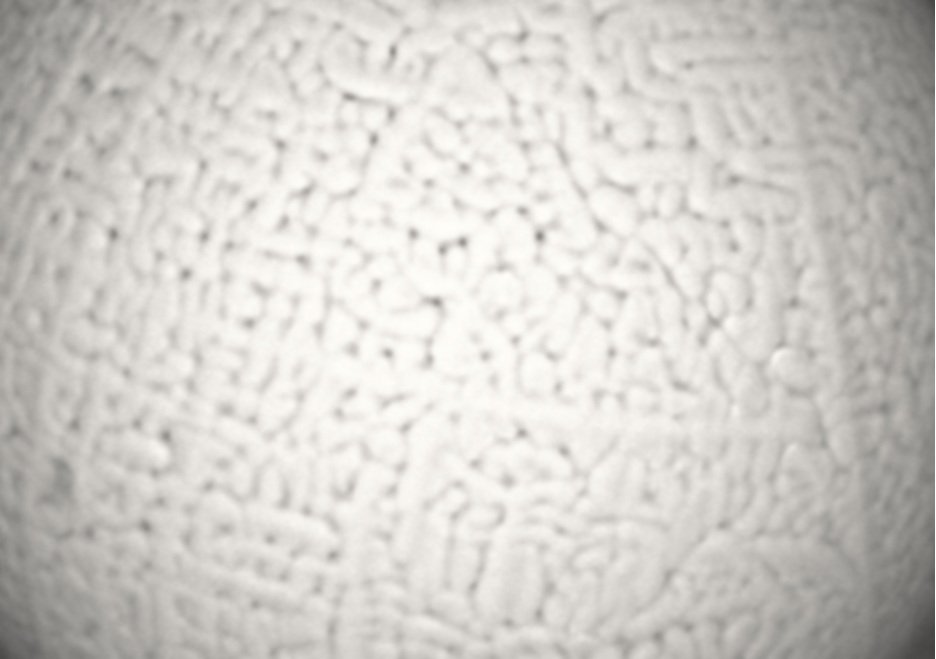
Annotated Images and Detailed Descriptions of Micrometeorite Samples
There are a lot of micrometeorites in our collection from various datasets. We have selected a few to present with detailed descriptions and annotations to allow you to compare your samples to ours for an easier identification process. Browse the images below to familiarise yourself with the textures and chemistries associated with several micrometeorite classes.
We are working on creating a filterable database with annotated images to make our collections easily searchable and understandable. We aim to get this done as soon as possible. For now, this section is incomplete.
Please contact us if you have any questions.
How to Annotate Your Micrometeorites
-
We have a broad collection of annotated spherules including those with extra-terrestrial and Earthly origins. Some of these particles come directly from our collections whilst others are compiled from literature or other public sources (all credited to their origins).
Some images include chemical spectra as seen here - these highlight the main elements one might expect to see in a particular spherule. The higher the peak, the higher the amount of element present.
You may find images with different types of annotations depending on the target audience. We will highlight which spherules have notations intended for a scientific audience (such as for a planetary scientific journal) and those for educational purposes (i.e. for a general audience).
*We are working on creating a filterable database of annotated images, therefore, this section is not yet complete. -
It is common practice for scientific papers to annotate most images they include in their reports - whether this be in the figure caption or directly on the figure itself. This helps highlight key features to the reader, creating a visual aid to accelerate the audience’s understanding and keep them hooked.
If you’re not planning on publishing your data, it will still be incredibly helpful to you, and anyone else you may show the images to, to add key notes. Some days you see interesting features in spherules which may go unnoticed later down the line. Keeping a record of your thoughts serves as a great reminder to your future self! -
This depends on the type of spherule! Check out our What Are Cosmic Spherules and Micrometeor-wrongs pages for key features in helping you identify a range of common spherical particles.
For cosmic spherules, look out for iron-oxide dendrites (tree-like patterns on the surface), crystals arranged in parallel bars (for barred olivine S-types), exposed metal beads on the surface, and/or vesicles (trapped air bubbles).
Oh, and don’t forget to include a scale!
-
There are a few different software applications that you can use which may help you add quick notes to your images, for example:
Inkscape (free to download, great for annotations)
Gimp (free to download, great for image touch ups)
Image J (free to download, online option also available, useful for image analysis)
Adobe Illustrator
Microsoft PowerPoint
Microsoft OneNote
For tips on figure captions, check out other publications with images of the spherule type you want to publish. Keep it concise and if you have multiple particles you want to show, you can combine them into one figure which will save word count and page space.
Annotated Cosmic Spherules
Fossil I-types
Want to learn how fossil I-types are formed and what they look like? Check out our collection of fossil I-types here.

